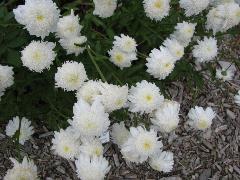 Tips for successful low-water landscaping from Arizona-based Water Use It Wisely:
Tips for successful low-water landscaping from Arizona-based Water Use It Wisely:
- Use porous material for walkways and patios to prevent wasteful runoff and keep water in your yard.
- Group plants with the same watering needs together to avoid overwatering some while underwatering others.
- Choose the right plants for our climate; plant species native to our region.
- Reduce the amount of lawn in your yard by planting shrubs and ground covers appropriate to your site and region.
- Plant in the spring and fall, when the watering requirements are lower.
- Avoid planting grass in areas that are hard to water, such as steep inclines and isolated strips along sidewalks and driveways.
- Leave lower branches on trees and shrubs and allow leaf litter to accumulate on the soil. This keeps the soil cooler and reduces evaporation.
- Start a compost pile. Using compost in your garden or flower beds adds water-holding organic matter to the soil.
- Use a layer of organic mulch on the surface of your planting beds to minimize weed growth that competes for water.
- Spreading a layer of organic mulch around plants helps them retain moisture, saving water, time and money. Use 2 to 4 inches of organic mulch around plants to reduce evaporation and save hundreds of gallons of water a year.